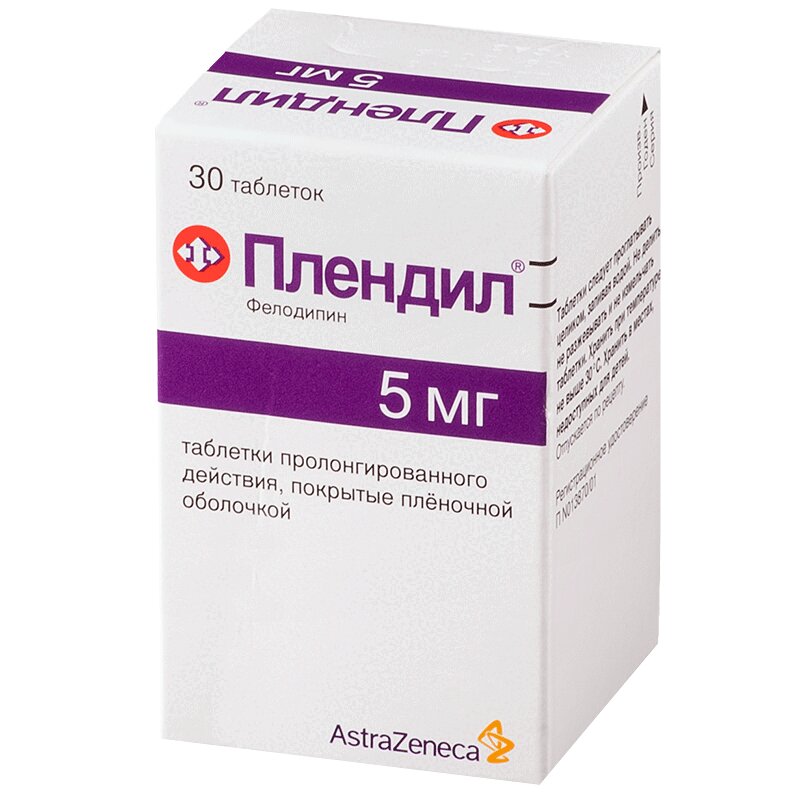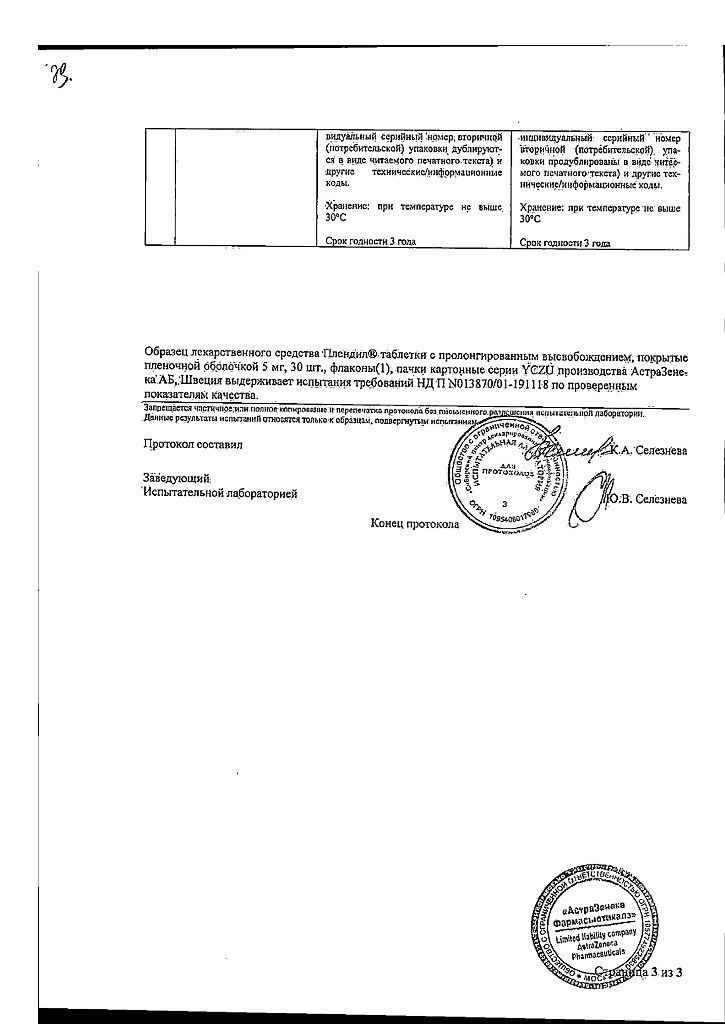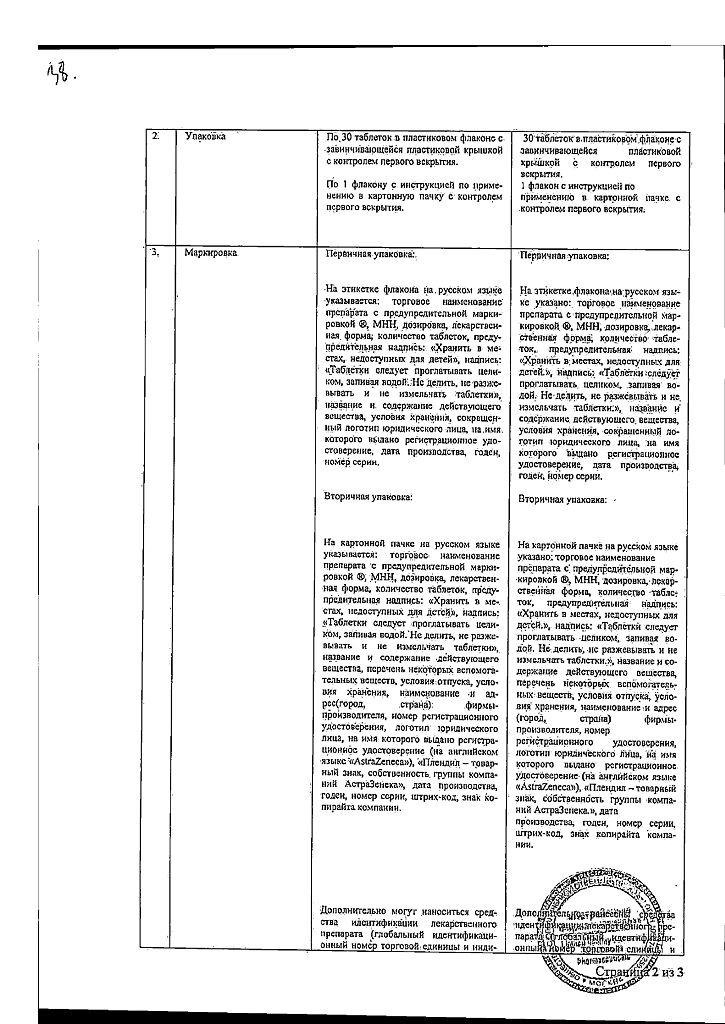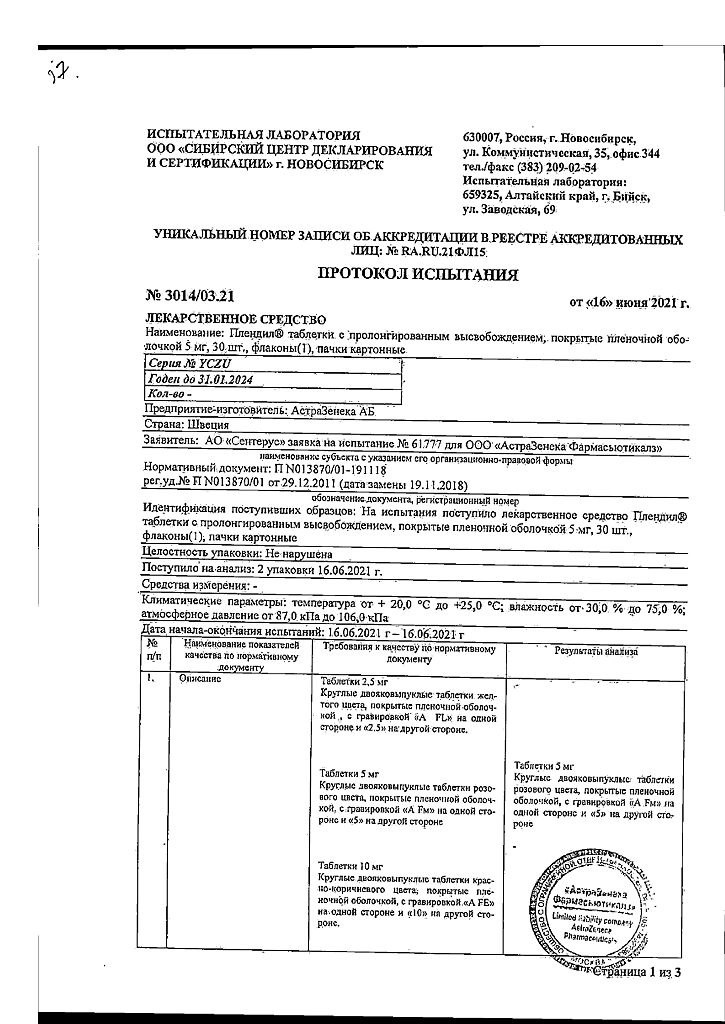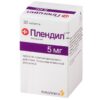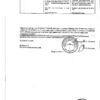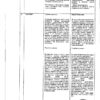No products in the cart.
Plendil, 5 mg 30 pcs.
€17.29 €14.99
Description
Plendyl – hypotensive, antianginal.
Blocks calcium channels, inhibits influx of calcium ions into the smooth muscle cells of arterial vessels, causes their dilation, reduces PPS, lowers BP, afterload on the heart, increases coronary blood flow, improves myocardial oxygen supply/consumption balance.
Pharmacokinetics
It is completely absorbed from the gastrointestinal tract. Systemic bioavailability is 15%. Binds to plasma proteins by 99%. Plasma concentration is directly proportional to the dose. It is metabolized in the liver. T1/2 – 24 h. 70% is excreted in the urine (less than 0.5% of the dose unchanged), the rest in the feces.
Indications
Indications
Arterial hypertension, angina pectoris.
Pharmacological effect
Pharmacological effect
Plendil – hypotensive, antianginal.
Blocks calcium channels, inhibits the flow of calcium ions into the smooth muscle cells of arterial vessels, causes their expansion, reduces peripheral vascular resistance, lowers blood pressure, afterload on the heart, increases coronary blood flow, improves the balance of oxygen supply/consumption to the myocardium.
Pharmacokinetics
Completely absorbed from the gastrointestinal tract. Systemic bioavailability – 15%. Binds to plasma proteins by 99%. Plasma concentration is directly proportional to dose. Metabolized in the liver. T1/2 – 24 hours. 70% is excreted in the urine (less than 0.5% of the dose unchanged), the rest is excreted in feces.
Active ingredient
Active ingredient
Felodipin
Composition
Composition
Active ingredient:
felodipine 2.5 mg, 5 mg or 10 mg;
Excipients:
paraffin;
ethanol;
hydroxypropyl cellulose;
hydroxypropyl methyl cellulose;
iron oxide E 172;
lactose anhydrous;
MCC;
polyethylene glycol 6000;
polyoxyl 40 hydrogenated castor oil;
drank gallate;
sodium aluminum silicate;
sodium stearyl fumarate;
titanium dioxide E 171;
purified water
Pregnancy
Pregnancy
Contraindicated during pregnancy and breastfeeding.
Contraindications
Contraindications
Hypersensitivity, decompensated heart failure, acute myocardial infarction, unstable angina, pregnancy, childhood.
Side Effects
Side Effects
Common (more than 1%): headache, hot flashes, peripheral edema.
Sometimes (0.1–1%): tachycardia, palpitations, feeling of fatigue, dizziness, paresthesia, nausea, rash, itching.
Rarely (0.01–0.1%): fainting, vomiting, arthralgia, myalgia, sexual dysfunction, impotence, urticaria.
Very rare (less than 0.01%): gingival hyperplasia, increased levels of liver enzymes, photosensitivity, pollakiuria, allergic reactions (fever, angioedema).
Interaction
Interaction
Biotransformation inhibitors (cimetidine) increase plasma concentrations, stimulants (phenytoin, carbamazepine, barbiturates) decrease them.
Overdose
Overdose
Symptoms: severe hypotension, bradycardia.
Treatment: transfer the patient to a supine position; symptomatic therapy – atropine (0.5-1 mg intravenously), alpha1-adrenergic agonists, glucose, saline solution or dextran infusion.
Storage conditions
Storage conditions
At temperatures below 30 °C.
Shelf life
Shelf life
3 years
Manufacturer
Manufacturer
AstraZeneca Pharmaceutical Co., Ltd., China
Additional information
| Shelf life | 3 years |
|---|---|
| Conditions of storage | At temperatures below 30 °C. |
| Manufacturer | AstraZeneca Pharmaceutical Co. |
| Medication form | sustained release tablets |
| Brand | #Н/Д |
Related products
Buy Plendil, 5 mg 30 pcs. with delivery to USA, UK, Europe and over 120 other countries.

